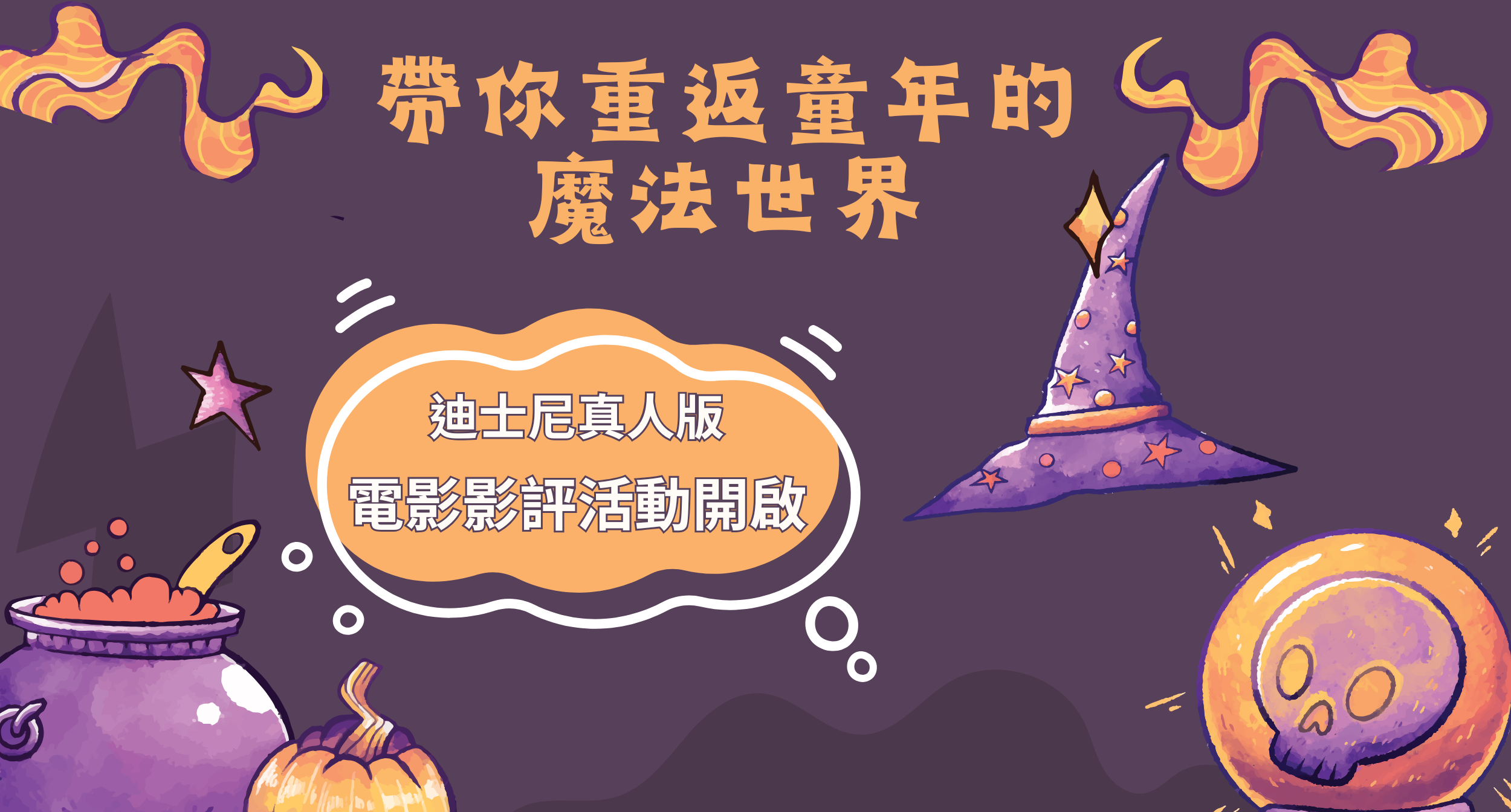標題:
急件...今天晚上要完成的翻譯....請精確...15點
發問:
To clarify the effect of soybean varieties on isoflavone, a useful component for human health, in soybean products, we investigatedchanges in the isoflavone content and composition in rice-koji miso, after fermentation/aging for 6 or 12 months using varieties of soybeans(Tohoku-126, Tohoku-135, Tohoku-139,... 顯示更多 To clarify the effect of soybean varieties on isoflavone, a useful component for human health, in soybean products, we investigated changes in the isoflavone content and composition in rice-koji miso, after fermentation/aging for 6 or 12 months using varieties of soybeans (Tohoku-126, Tohoku-135, Tohoku-139, Suzuyutaka and Chinese soybeans), by high performance liquid chromatography. In soybeans, the total isoflavone content in Tohoku-126 was 444 mg/100 g, which was 1.2-2.0 times the content in the other soybean varieties. The malonyl glycosides and aglycones in soybeans accounted for more than 60% and only a few percent, respectively. As for rice-koji miso, the total isoflavone and aglycone contents were the highest in miso prepared from Tohoku-126. The ratios of glycosides to aglycones (80.1-92.6%) in miso were higher than those in the original soybeans. The time course of the isoflavone composition during the fermentation/aging process of rice-koji miso indicated that glycosides decreased from 86.4% to 44.9% after 6 months but aglycones increased from 9.6% to 53.3%.
- 97年二技分數落點
- 財產過戶與遺產繼承的問題(贈20點)!!
- ADSL月租費與上網費有更便宜的嗎-
- 95二技管四排名
- 請問邊間HOTEL有海膽壽司(自助餐)食呢-
- consecutive eurail global pass
- 相機畫素有問題--
- 中史評論題
- 犬夜叉到底有幾多集有人話167集有人話400幾集
- 台中技術學院校外租房問題----@1@
此文章來自奇摩知識+如有不便請留言告知
最佳解答:
為了澄清不同種類的大豆對存在於大豆類產品中的異黃酮 (一種有助人體健康的成分) 的效應, 在選用不同種類的大豆(Tohoku-126, Tohoku-135, Tohoku-139, Suzuyutaka和中國品種的大豆), 經過6-12個月的時效作用後, 我們已高性能的液態色普分析髮調查了在異丙酮中和在米趜味僧湯中的成分改變. 在 Tohoku-126品種的大豆中, 其異丙酮總量為 444 mg/100g, 此為其他種類大豆含量的1.2 ~ 2.0倍. 在大豆中的丙二醯酸配糖和非配醣體分別佔超過60%和少量的百分比. 在米趜味僧湯中, 異丙酮和非配醣體的總量, 則以Tohoku-126大豆所製成的味僧湯最高. 在味僧湯中的配醣體對非配醣體的比例 (80.1 ~ 92.6%), 比存在原豆中的比例還高. 異丙酮在米趜味僧湯的發酵/時效過程中, 顯示出在6個月後, 配醣體由86.4%降低至44.9%, 但非配醣體則由9.6%增加到53.3%.
其他解答:
翻譯內容如下: 為了大豆產品中澄清對為了對大豆的綜合節目的isoflavone的效果,人的健康的有用的component,我們在調查了在美-koji醬的isoflavone內容和在構成的變化,6個月或者使用大豆(東北-126,東北-135,東北-139,Suzuyutaka,和中國的大豆)的品種的12個月舊的發酵/之後,高速液體chromatography。 大豆,在東北-126的總isoflavone內容在是444mg/100g的;之外的大豆的綜合節目的內容的2.0倍。(g,是1.2和ndash)。 大豆中的malonyl糖?和agurikon與%對些許的數%,佔了各自60以上。 有關美-koji醬,總isoflavone和agurikonkontentsu從東北-126被準備了的醬中最高(貴)。 醬中,有比那些高(貴)的聯繫。糖?對agurikon的比率,(80.1和ndash; 92.6%),獨創的大豆。 美-koji醬的發酵/舊的過程之間的isoflavone構成的隨時間變化的流逝,儘管是6個月表示了,糖?從86.4%到44.9%減少了到agurikon從9.6%到53.3%增加了之後的。CF546184A985CA23




 留言列表
留言列表


